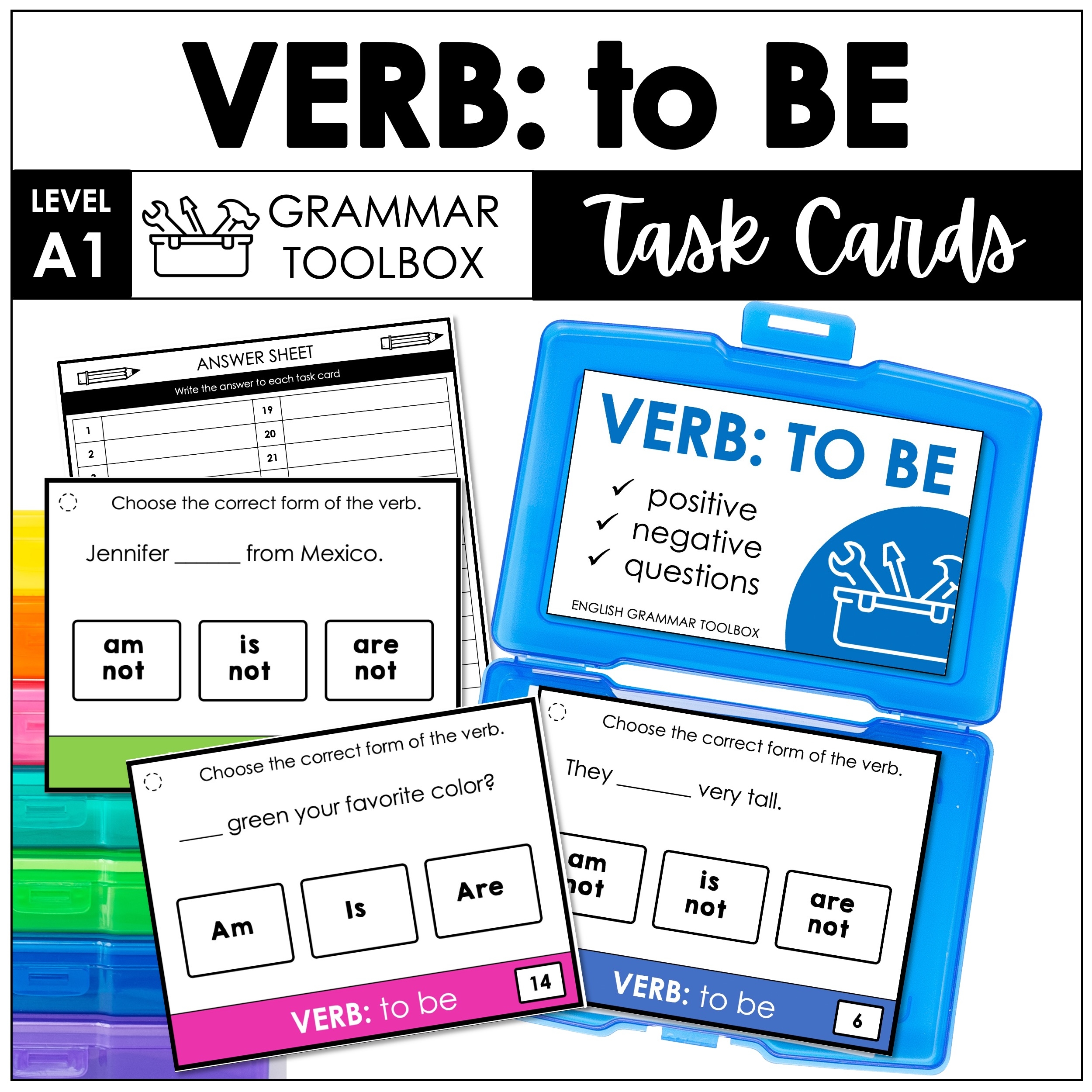Subject-verb agreement is a crucial aspect of grammar that ensures that the subject and verb in a sentence agree in number. It may seem like a simple concept, but it can often be a source of confusion for many writers. One way to practice and reinforce this important grammar rule is by using answer sheets that provide examples and explanations of correct subject-verb agreement.
Answer sheets for subject-verb agreement exercises can be a valuable tool for students looking to improve their grammar skills. These sheets typically contain a variety of sentences with incorrect subject-verb agreement, along with the correct answers. By working through these exercises, students can identify common errors and learn how to make their writing clearer and more precise.
One common mistake in subject-verb agreement is when the subject and verb do not agree in terms of number. For example, in the sentence “The dogs barks loudly,” the subject “dogs” is plural, but the verb “barks” is singular. An answer sheet would provide the correct version of the sentence as “The dogs bark loudly,” demonstrating the correct agreement between the subject and verb.
Another area where subject-verb agreement answer sheets can be helpful is with indefinite pronouns. Indefinite pronouns, such as “everyone” or “each,” are singular and require singular verbs. For instance, the sentence “Everyone are here” should be corrected to “Everyone is here” on the answer sheet to show the proper agreement between the subject and verb.
In conclusion, subject-verb agreement answer sheets are a useful resource for students and writers who want to enhance their grammar skills. By practicing with these exercises, individuals can improve their understanding of subject-verb agreement rules and avoid common errors in their writing. So, next time you are looking to sharpen your grammar skills, consider using an answer sheet to test your knowledge and reinforce your understanding of subject-verb agreement.
